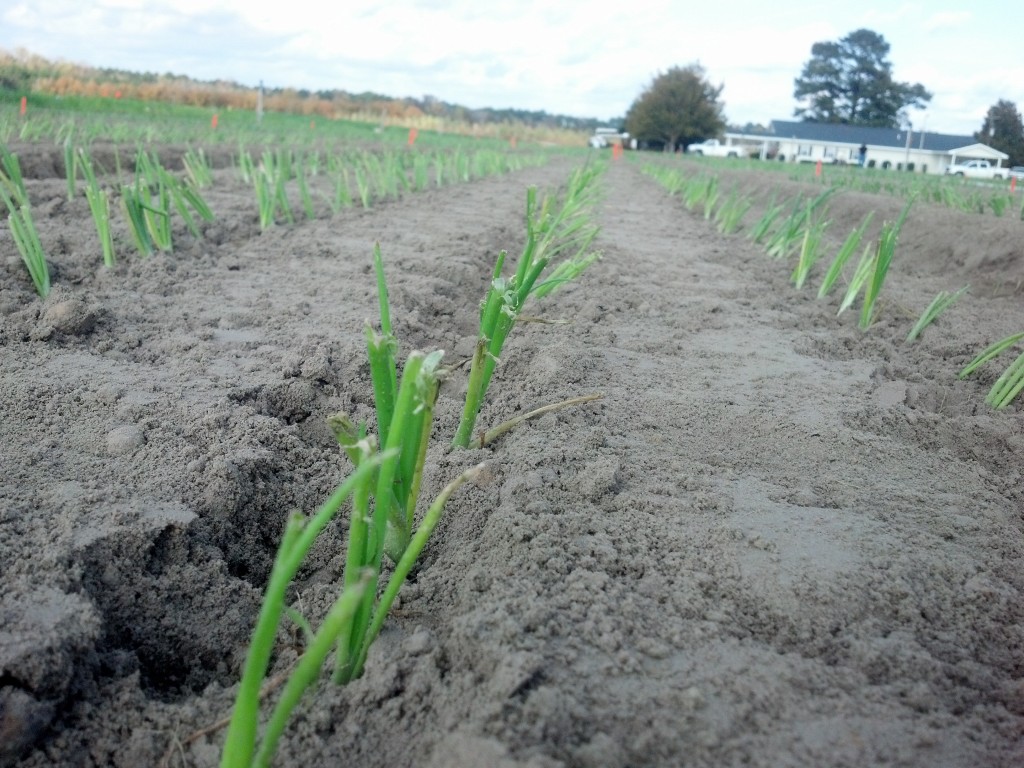- Nematode management for corn producers. Options are Telone II, Counter 20G, Propulse, and Avicta Complete Corn (a seed treatment). Please let me know if you have questions about this. I know Dr. Bryant is smarter, younger, and better looking than me, but I am older and bigger and meaner, so I told him that I am not dead yet and I will take those calls. (For the record, we are very happy to have Corey with us in Tifton.)
- Peanut seed issues- I spoke with Dr. Tim Brenneman this morning and he continues to analyze results from work he has done on addressing our seed-quality issues. In a “nut shell”- A) Fungicide seed treatments are a MUST on peanut seed. B ) Where high quality seed is planted, use of Rancona or Dynasty PD is likely sufficient. C) Where seed quality is an issue, or MAY be an issue, Rancona has been a much better product for suppressing Aseprgillus flavus and, to some degree, Aspergillus niger, on the seed. D) Where Dynasty PD is used on seed and where seed-quality is an issue, use of either Proline or Velum Total in-furrow is recommended (as opposed to azoxystronin/Abound). E) Where Rancona is used and there is question on seed quality, growers may use Proline, Velum Total or Abound, as Abound and Rancona contain different chemistries. F) If growers are using Velum Total in-furrow already for nematode control, they do not need to add additional Abound in-furrow for extra protection against seedling diseases. G) If your grower wants Rancona and cannot get it, BEWARE of “offers” that come for products that are “just as good”. To date, we at UGA are talking about Dynasty PD, Rancona, Proline, Velum Total, and azoxystrobin (Abound). If you have questions about other products, please let me know.
- Cotton nematodes- warm soils and cotton left in the field that never died add up to greater risk for nematodes in 2020
- Kudzu and Asian soybean rust- we know that kudzu survived the winter and is infected with Asian soybean rust. It is very possible that we will have earlier outbreaks of soybean rust in 2020. Soybean producers should be anticipating this.
A website from UGA Cooperative Extension

Local News for 4-H, Agriculture, and Family and Consumer Science
Row Crop Pointers
Posted in: Row Crop Diseases
